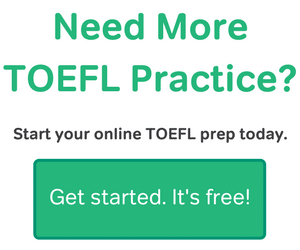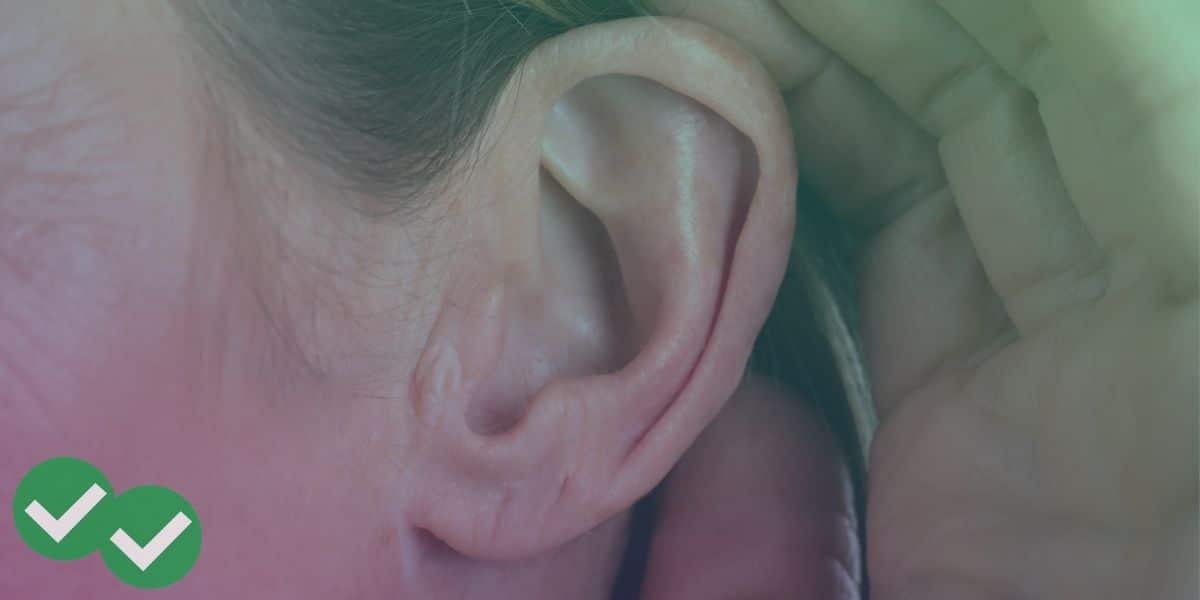I have a cousin in Korea who’s 11 years old. A while back, he asked me about the TOEFL Junior. He wanted to know more about what this exam is, what it’s like compared to the regular TOEFL, how it’s used, where he could take it, and so on. He had some very good questions, so I decided to do a post all about the TOEFL Junior. This one goes out to my cousin Seung-Oh, and all you other Magooshers who are curious about this version of the TOEFL exam for younger learners.
How is the TOEFL Junior similar to the TOEFL?
The TOEFL Junior, like the TOEFL, is of course made by ETS. And ETS has designed the TOEFL Junior to have the same basic structure as the regular TOEFL exam.
You’ll recall that there are two versions of the TOEFL: the PBT (a test administered with paper and pencil) and the iBT (a test taken on a computer). The PBT has three sections: Listening, Reading, and a section that focuses on grammar, called “Structure and Written Expression.” The iBT, which is a much more commonly-taken exam, has four sections: Reading, Listening, Speaking and Writing. And of course, the iBT is taken on a computer.
There are two versions of the TOEFL Junior that also have the two structures described above. The TOEFL Junior Standard exam is like the PBT. It is administered as a pencil-and-paper exam, and has sections that test listening, reading, and grammar. The TOEFL Junior Comprehensive exam is like the iBT— it’s administered by computer, and it tests skills in reading, listening, speaking, and writing.
How is the TOEFL Junior different from the TOEFL?
The TOEFL focuses on language related to university coursework and college life. The language in the TOEFL Junior is also written with school settings in mind—but it’s geared toward middle school and high school, not higher education. So TOEFL Junior Listening will have middle/high school conversations, school announcements, class bulletins, and textbook passages. These materials are similar to the TOEFL in some ways, because they have academic themes. But the themes themselves focus on pre-college learning. And the language is a lot simpler.
One of the biggest differences between TOEFL and TOEFL Junior can be seen in Reading. TOEFL Junior readings include fiction—written stories that aren’t true and are more entertaining than informative. So students preparing for the TOEFL junior should be comfortable with the key characteristics of fiction: dialogue, characters, plot, and so on.
TOEFL Junior is the most different from the TOEFL in Writing and Speaking. Both of these sections are structured very differently from the regular TOEFL.
There are four speaking tasks: a “read-aloud” where the test taker simply reads something out loud in English, a picture narration activity where a series of pictures must be described, and two Integrated Speaking activities where the test taker summarizes a school conversation and school lecture. Note that the TOEFL itself has six speaking tasks, all of which are more challenging and complicated than the tasks listed above.
The TOEFL Junior Writing Section has 4 tasks, compared to the 2 Writing tasks on the TOEFL. In the first task, students must edit a paragraph, finding and correcting four mistakes in the writing. The second task involves writing a short email that answers a few questions. The third task is somewhat like TOEFL Independent Writing. Students must write their opinion about something. But the written opinion only needs to be one paragraph long. This is quite short, compared to the 3-5 paragraphs in a typical TOEFL Independent Writing question. The fourth writing task asks students to summarize a teacher’s lecture in writing.
Where is the TOEFL Junior taken, and how are the scores used?
While the TOEFL is administered at official test centers, the TOEFL Junior is given to students at English language academies, institutions, and secondary schools (middle and high schools). Schools purchase the rights to administer the TOEFL Junior, and they use the exam in a few different ways.
Language academies use TOEFL Junior test scores for placement in different level classrooms. The score will help teachers decide what level of English each student should study. Schools that teach more than just ESL—such as public and private secondary schools and international schools—use the TOEFL Junior as part of their admissions process. In that case, test scores determine whether a child is accepted into a school whose classes are mostly (or all) in English.






Leave a Reply